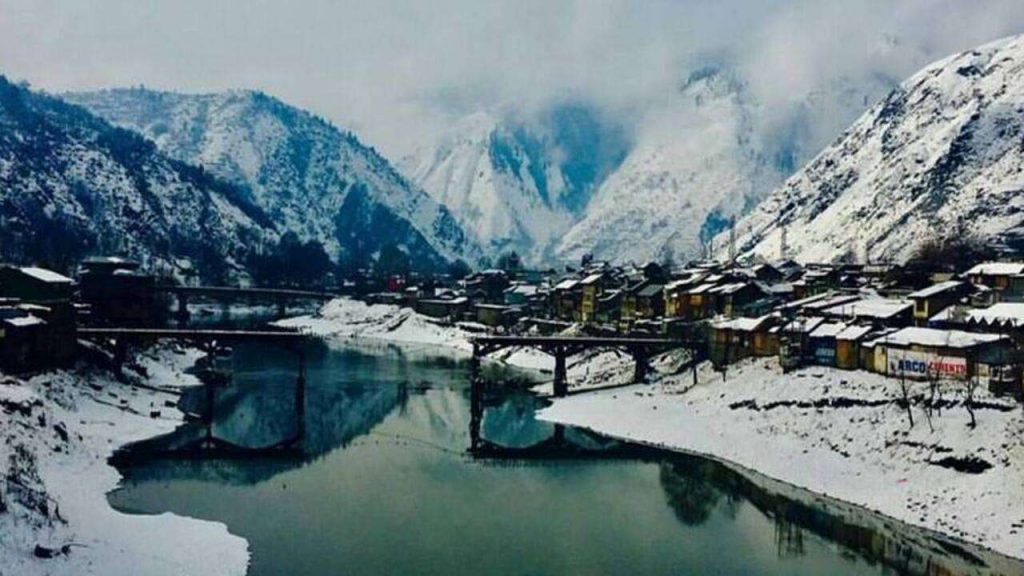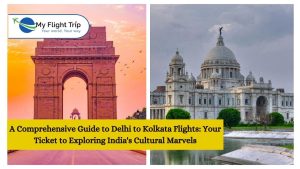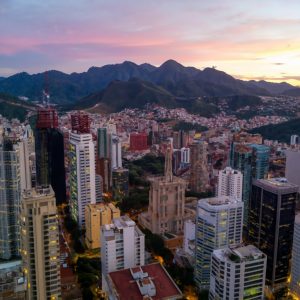KASHMIR GREAT LAKES TREK

The Most Beautiful Trek In India
Kashmir is one of India’s most beautiful treks. There is no doubt about this. The mythical status of Cashmere as heaven on Earth is validated.
The trek is placed in a canvas larger than life. It is located 75 kilometers northwest of Srinagar. The panorama of wild and rough mountains, rolling waters, and turquoise mountain lakes is 360° every day. Every day. And you can explore more than seven lakes and five very different valleys!
This is a moderate and difficult trek for six days due to its range of landscapes. This means that there are long trekking days without easy exits with steep ascents and descents. This is therefore not intended for a novice who was not exposed to high altitude treks.
The challenges, however, are worthwhile. Every day is a perfect postcard with a new alpine lake. The snow plays that feed these lakes are even more beautiful. You can see them sliding in the lakes off the tight mountains. Sometimes on the inky blue lake surface, you can see milky white icebergs.
There are then Kashmir meadows. These wetlands come in all forms and sizes, often in one day.
On the first day, maple and pine trees wax in this wilderness like an oasis. On the second day, they went down to a large valley with horses and sheep. On the third day, just below the Gadsar Pass, these meadows are home to wild flowering. On the fourth day, Satsar’s grassy plain looks almost manicured – with a gliding stream.
Every other hike after this hike feels like it’s a small screen movie. But Kashmir Great Lakes is a 3D experience for IMAX – that’s how great the trek looks. If this trek hasn’t been done, put it on your bucket list!
What I like about the trek
1. The wonderful mountain landscape on the trek.
Most Himalayan treks are quite picturesque. But Cashmere’s Grand Lakes are on its own scale. Indeed, Kashmir’s mountains are the same. You have a presence around you larger than life. If I say a walk in Kashmir is like watching IMAX on a normal TV screen anywhere else, I will not be overly exaggerated. Cashmere — everywhere you feel it.
2. Valles and meadows diversity
There are 7 hiking days on the Kashmir Great Lakes trek. You also walk in 7 different valleys, coincidentally. Moreover, every one of the valleys spread out every day of the journey. The valley before and the valley after each one gives a harsh competition.
Of the seven different valleys you walk, 6 are distinct grasslands or wildernesses. These high-altitude wetlands and grasslands are linked by high passes. On either side of a pass, one would expect the meadows to be similar. But they are not. But they are not. Each of them is their own world and has its own charm.
The wetlands of Shekdur also referred to as “tabletop,” are located among Maples and Birch trees. The grasslands in Nichnai show you how large and robust the wetlands can be. Cross the Nichnai Pass and enter a meadow you don’t want to finish.
The Vishnusar grassland consists of a large grassland that descends with gently laden wildflowers, a gentle river that flows in the middle.
More dramatic is the Gadsar Meadow. With more mountainous mountains on both sides, it is narrower. There are many smaller lakes in the central countryside of a large Gadsar. In the wild abandon, the flowers flourish throughout the valley.
Go up the valley of Gadsar, and you will be brought to Satsar’s “Windows Wall Paper.” The Satsar meadows look like smooth, almost manicured, green grass with some lonely maple trees, and a few horses who enjoy grazing. I never saw anywhere else greener grass.
The Gangabal expanse is the final grassland. You can almost look at the green world map when you see the valley below from Zaj Pass. Gangabal looks as Africa in blue! On his side lies Nandkol. The green landscape also covers four other lakes.
3. The lakes
The Gangabal expanse is the final grassland. You can almost look at the green world map when you see the valley below from Zaj Pass. Gangabal looks as Africa in blue! On his side lies Nandkol. The green landscape also covers four other lakes.
Unless you mention the lakes, you can’t talk about Kashmir Great Lakes Trek. I thought they would be photoshopped from some Scandinavian land when I saw one or two photos of the lake ahead of my exploration. I didn’t think that in our country’s mountains such lakes existed. These high altitude crystal-clear lakes are changing colors all day long.
From light in the morning to light blue, green in the sea, and blue in the night. The two lakes of Vishnusar and Kishansar, Gadsar sea-green with ice floes, Gangabal’s sight and Nandkol’s twin are the best lake scenery in the world to see.




